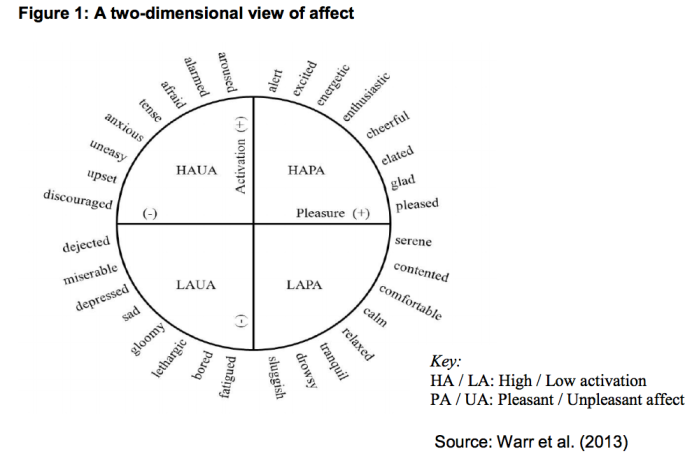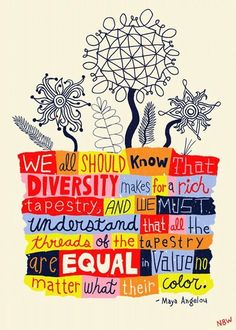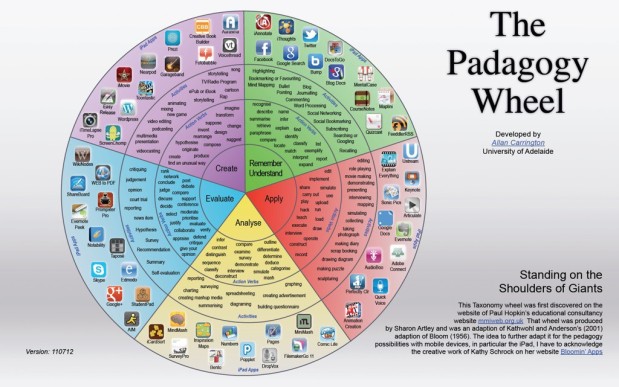I bet you’re thinking “Why did she use the words affect and effect side by side in the title? It makes no sense!” If this was your first thought, hang in there — I promise it’ll make sense by the time you’re done reading this article. Let me start by defining the word affect as it was used in the title. Affect (pronounced “af-ekt”; noun) is a term referring to feeling or emotion, and it plays a key role in how an organism (i.e. humans) reacts to a stimuli. Much of my doctoral research is focused on understanding the relationship between affect and food and how that relationship influences food choice. Additionally, I also study affect’s role in biases as it pertains to interdisciplinary group settings. So when I read Shankar Vendantam’s How “The Hidden Brain” Does The Thinking For Us, I couldn’t help but think about how my research relates to inclusive pedagogy.
In his article, Vendantam mentions that our brain operates in two modes: “pilot” (consciously) and “autopilot” (subconsciously). What’s fascinating is that the brain absorbs and processes information in both modes simultaneously. We don’t realize it, but our brain takes a multitude of explicit (i.e. consciously perceived) and implicit (i.e. subconsciously perceived) factors into account when cataloging information for future use. Even the positive or negative emotions we experience during an interaction with a stimuli can affect how we will respond to it (or with other stimuli we perceive as being related) in the future.
As Vendantam stated “…the mind is hard-wired to ‘form associations between people and concepts’.” From the first moments of fetal existence, everything we encounter or experience shapes how we think for the rest of our lives. In the whole nature vs. nurture debate, it’s safe to say that nurture significantly impacts one’s cognitive processing. What does this mean in the context of pedagogy? Everything. It means that each and every student is unique in how they behave and interpret the world around them. This impacts their ability to learn and interact with information as well as their fellow classmates. As an educator, it means that your teaching style as well as the manner in which you conduct yourself and your class are greatly influenced by your past experiences. It means that the individual experiences of students in your class will impact their future actions. This is why, as educators, it is vital that we are mindful of ourselves, our students, and the learning environment we establish. Care needs to be taken to ensure our courses are as inclusive as we can make them. With 10 or even 300 unique individuals in a class, maximizing inclusivity may seem like a daunting challenge. However, by focusing on learner-centered materials and teaching methods, I believe any educator can be successfully implement inclusive pedagogy.




“With 10 or even 300 unique individuals in a class, maximizing inclusivity may seem like a daunting challenge.” So true!! One of my most difficult tasks in teaching a class of 200+ is making sure that each student feels recognized and “known,” so to speak. It is extremely difficult but also, in my opinion, extremely important.
LikeLiked by 1 person
Nice post! Your use of affect and effect right next to each other is actually what drew me to your post. I’m in counselor education, so focus on affect is often an important aspect of what we teach. I appreciate how you acknowledge both teaching style and the manner in which you conduct yourself in a classroom. The messages we send through our affect, affect (hey I did it too!) our students whether we are conscious of it or on autopilot.
LikeLike
Great post, Elizabeth. I so agree with your recognition of how our own and our student’s experiences affect what we create and experience in the classroom and that we must be mindful of these in order to effect change. One assignment I required of all of my high school students was that they compose some sort of autobiography for me. It could be factual or fictional and could be in any format they chose–written, electronic presentation, song, movie, sculpture (no one ever created this for the assignment, but it would have been cool!), etc. It was an idea I stole from a geology professor I had in my undergrad program. I loved finding out things about my students that I would never have known otherwise.
LikeLike
Hey there! I have a question, and an invitation of sorts, about the last diagram you have on the post that will tie-in to some of the things we talk about in later weeks (I think). When we look at the shift from exclusion to inclusion, the thing I notice is that the one white line is still there in all four pictures. The white line that was made, I’m assuming, by and for the benefit of the yellow dots.
So I’d like to kinda just put this question out there:
Do we ever get rid of the white line and what would getting rid of that line mean?
LikeLike
Thank you very much for this insightful blog post. You highlighted very important point, which is essential to our everyday relationships, especially those we encounter in the classroom setting. Although our academic world is dominated by the discourse of reason and logic, affects, which are sometimes referred as emotions, are an important part of how we perceive. Their effects are rooted in the historically constituted encounters, refined by the socially defined differences, and manifested in the politically idealized or excluded identities. I believe paying attention to effects of affect is the first step in creating an inclusive environment.
Ezgi
LikeLike